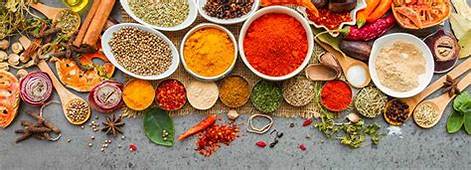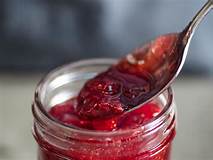Importance of well balance diet
All food contains all of the nutrients we need to be healthy, it is necessary to eat various foods in sufficient amounts. A good diet will include many different foods, and sufficient in quantity and quality to meet an individual’s need for food energy and other micro nutrients.
CHILES
Typical serving size:
½ cup (75 g); may vary depending on type of pepperHOW THEY HARM
Hemorrhoids Gastric discomfortWHAT THEY HEAL
Cancer Blood clots Nasal congestion Weight gain CHILES FACTSBy contrast, the serrano comes in at about 5,000 to 15,000 Scoville units
Pure capsaicin rates 16 million units
They may also reduce the mouth pain associated with chemotherapy
A popular ingredient in Southwestern cooking, chiles, or hot peppers, add spice and interest to many foods
Some of the milder varieties are consumed as low-calorie snacks
The heat in chiles comes from capsaicinoids, substances that have no odor or flavor themselves but act directly on the mouth’s pain receptors
This results in teary eyes, runny nose (“salsa sniffles”), and sweating experienced by people who indulge in the hotter varieties
Capsaicin and other capsaicinoids are concentrated mainly in the white ribs and seeds, which can be removed to produce a milder flavor
Chiles are more nutritious than sweet peppers, and the red varieties generally have a higher nutritional content than the green ones
Health Benefits
Prevents cancerChiles are very good sources of antioxidants, especially beta-carotene and vitamin C
Just one raw, red hot pepper (1 ½ oz/45 g) contains about 75 mg of vitamin C, almost 100% of the Recommended Dietary Allowance (RDA)
Chiles also contain bioflavonoids, plant pigments that some researchers believe may help prevent cancer
Reduces chance of blood clots
Research indicates that capsaicin may act as an anticoagulant, perhaps helping to prevent blood clots that can lead to a heart attack or stroke
Fights against colds and
Allergies
Chiles can act as a decongestant
For those with a cold or
Allergies
, eating chiles or foods prepared with chiles can provide temporary relief from nasal and sinus congestionMay aid in weight loss
Some studies show that very spicy foods can temporarily increase your metabolism
Specialist grocers often stock many different kinds of peppers
Buy one type a week and add some to various meals
Spice up your scrambled eggs with minced jalapeño, and add a little fire to beef stew with half a Scotch bonnet pepper
Health Risks
HemorrhoidsConsuming chiles may cause rectal irritation
Old School
Drink water to quell the fire from a hot pepperNew Wisdom
Drink 2% milk or eat regular yogurtThe fat will help neutralize the fat-soluble capsaicinoids in hot peppers
Gastric discomfort
Although there is no evidence that chiles cause ulcers or digestive problems, they may lead to stomach discomfort, especially if you suffer from acid reflux




